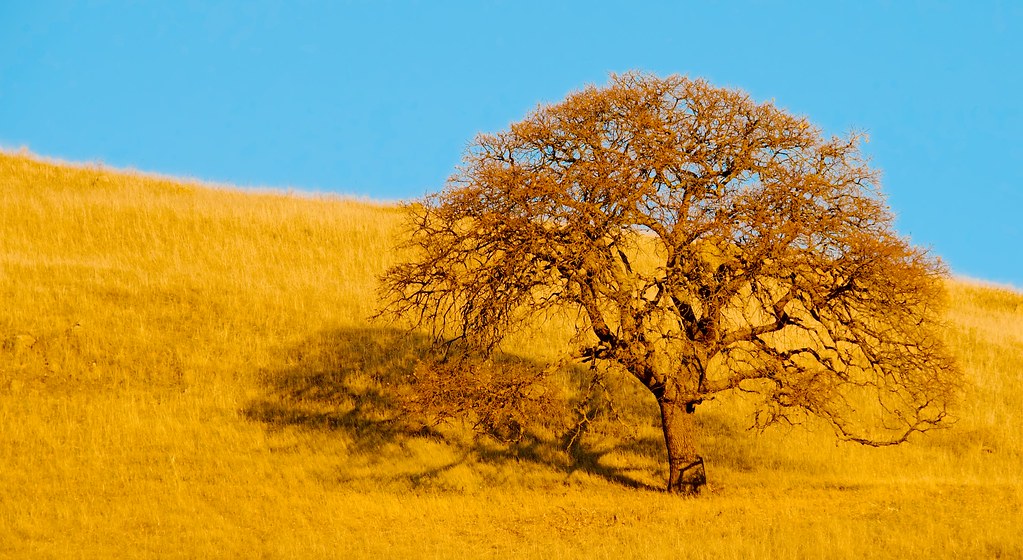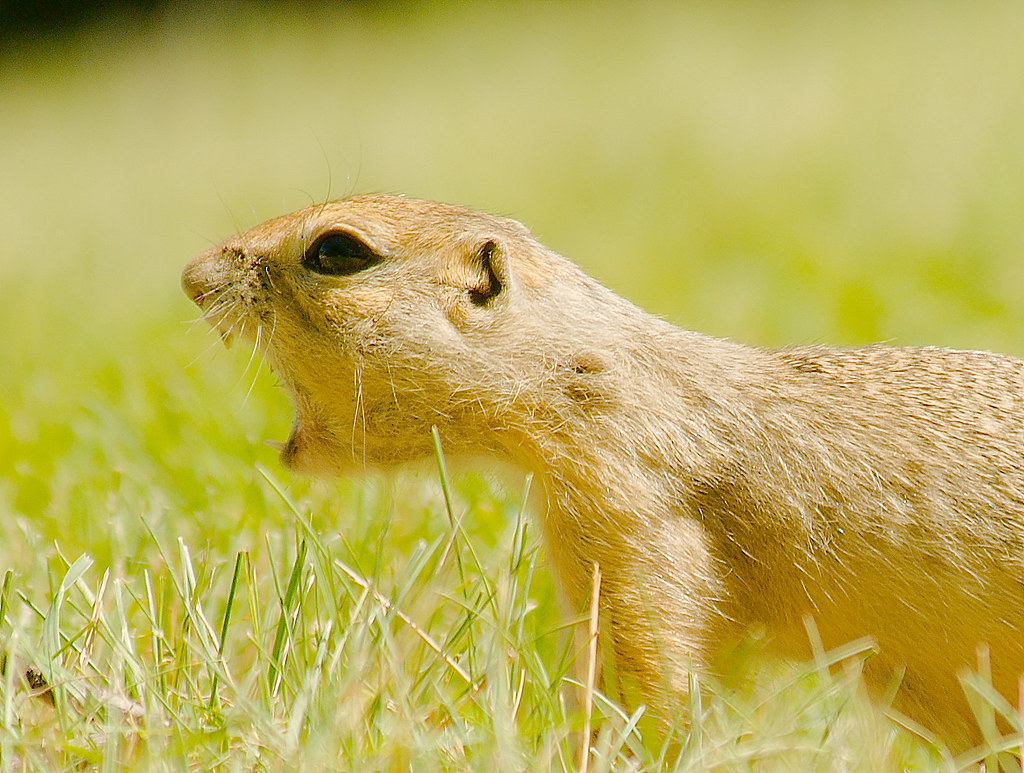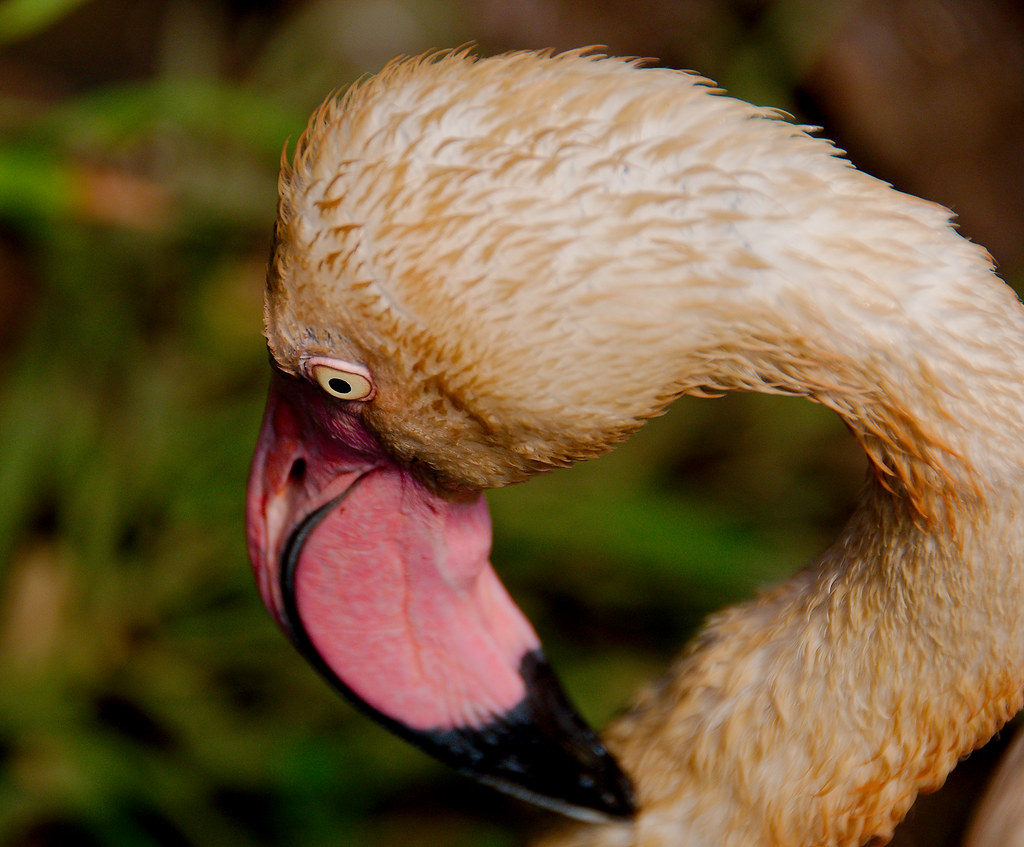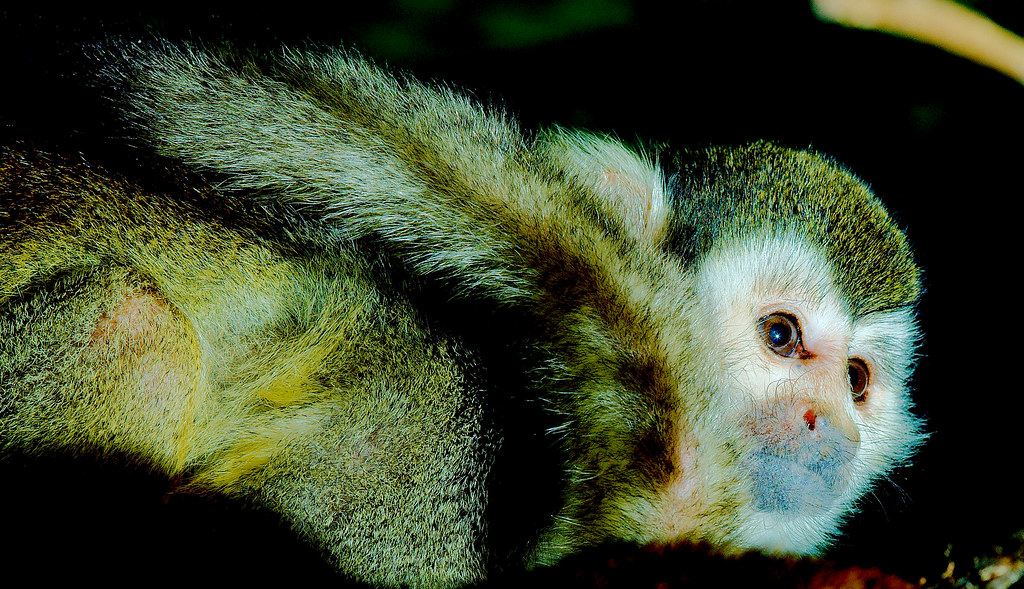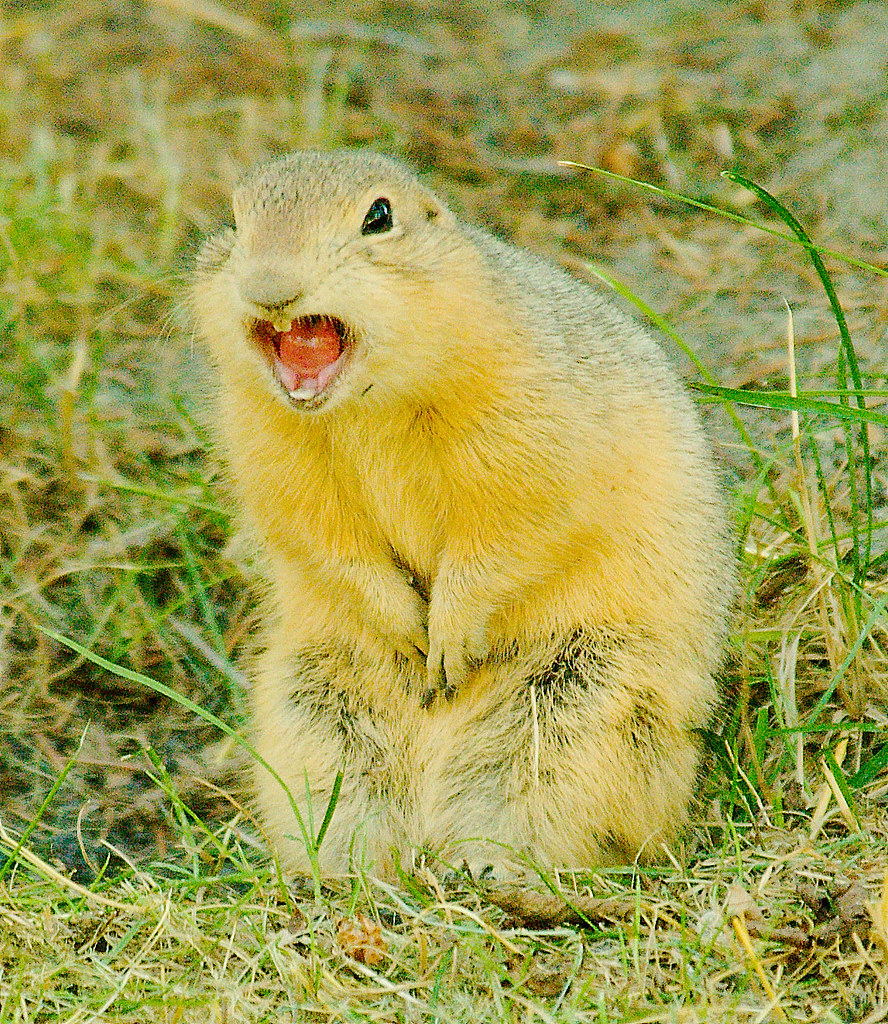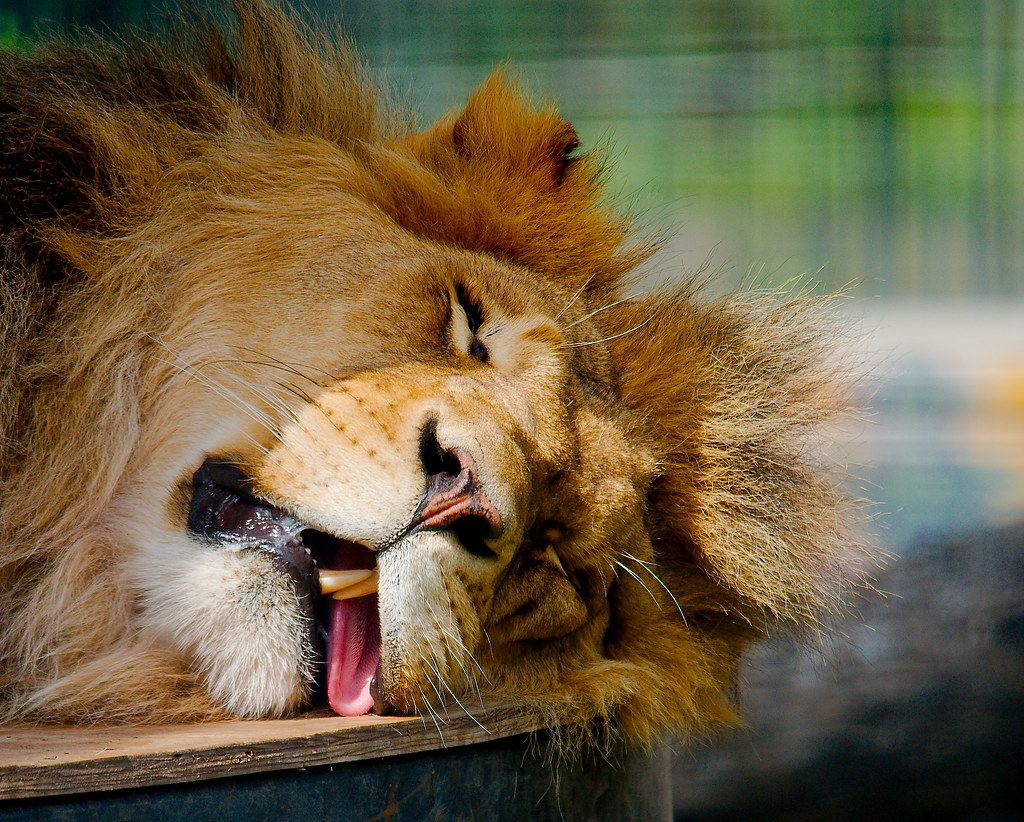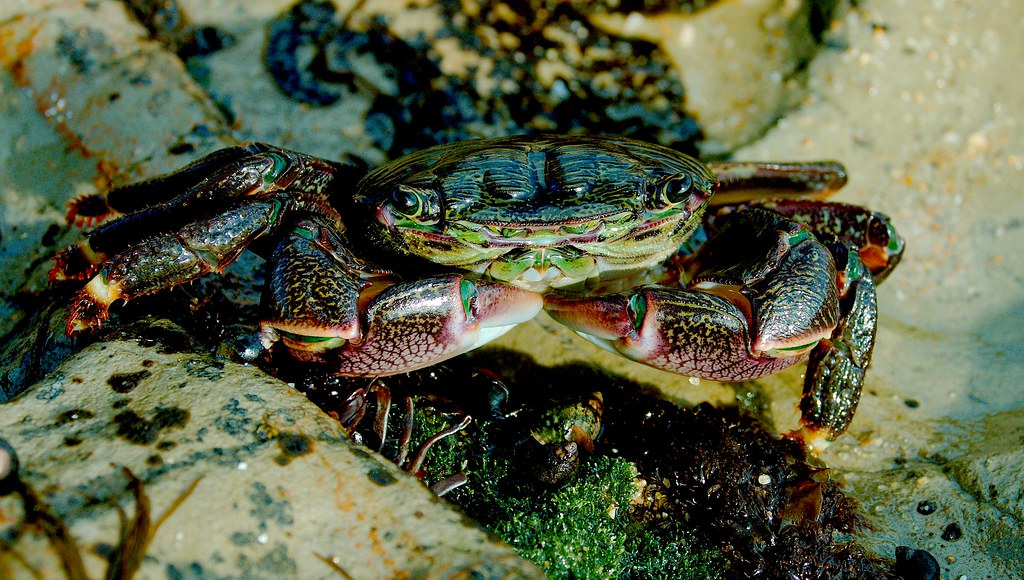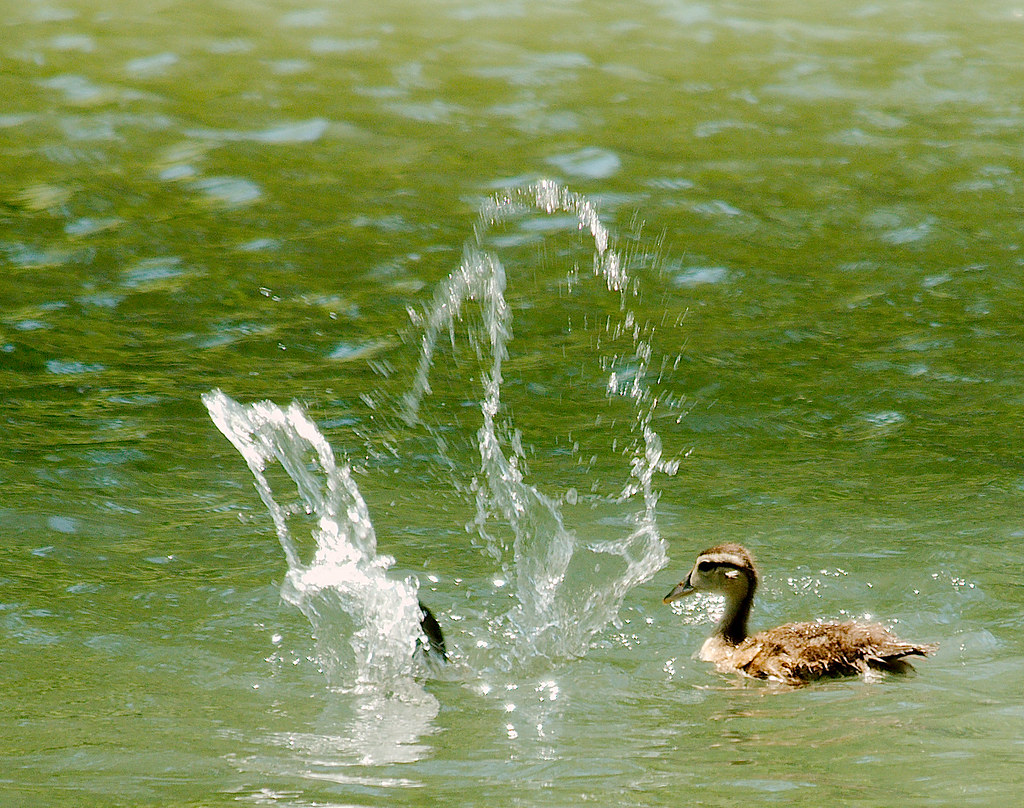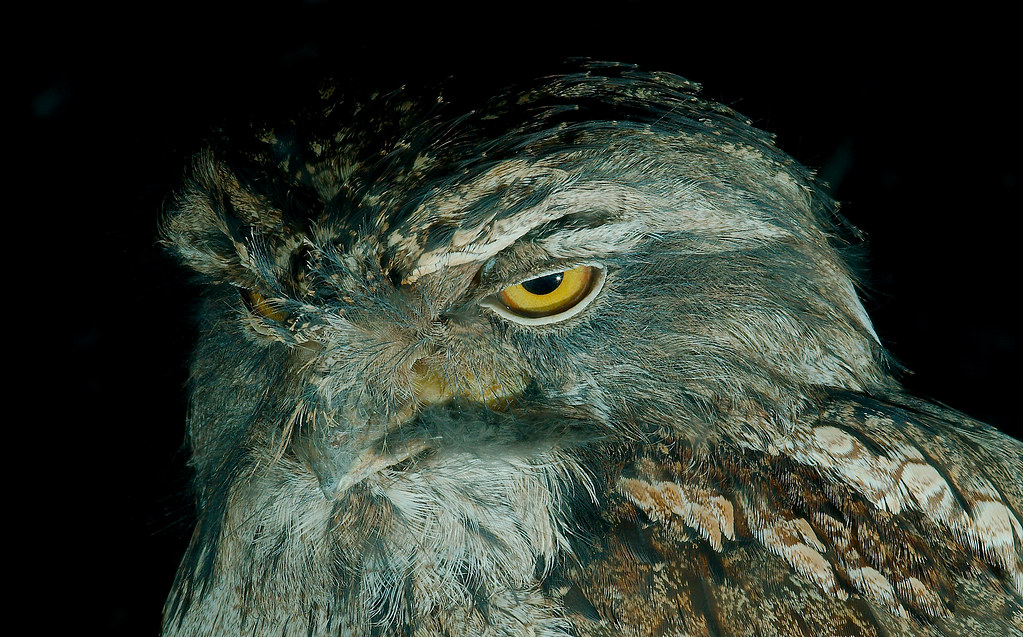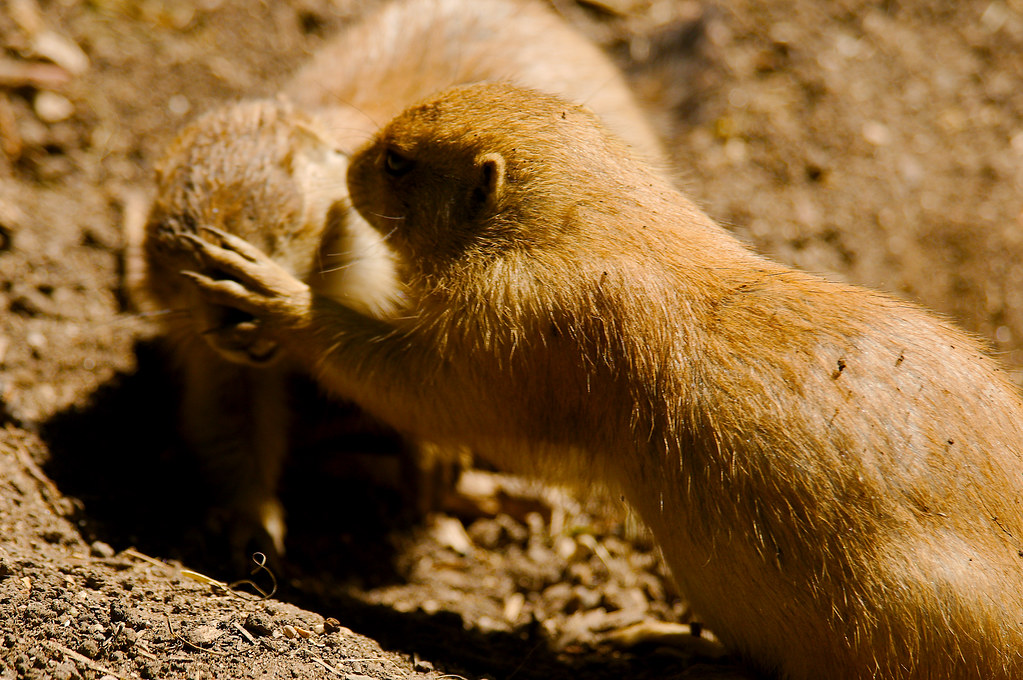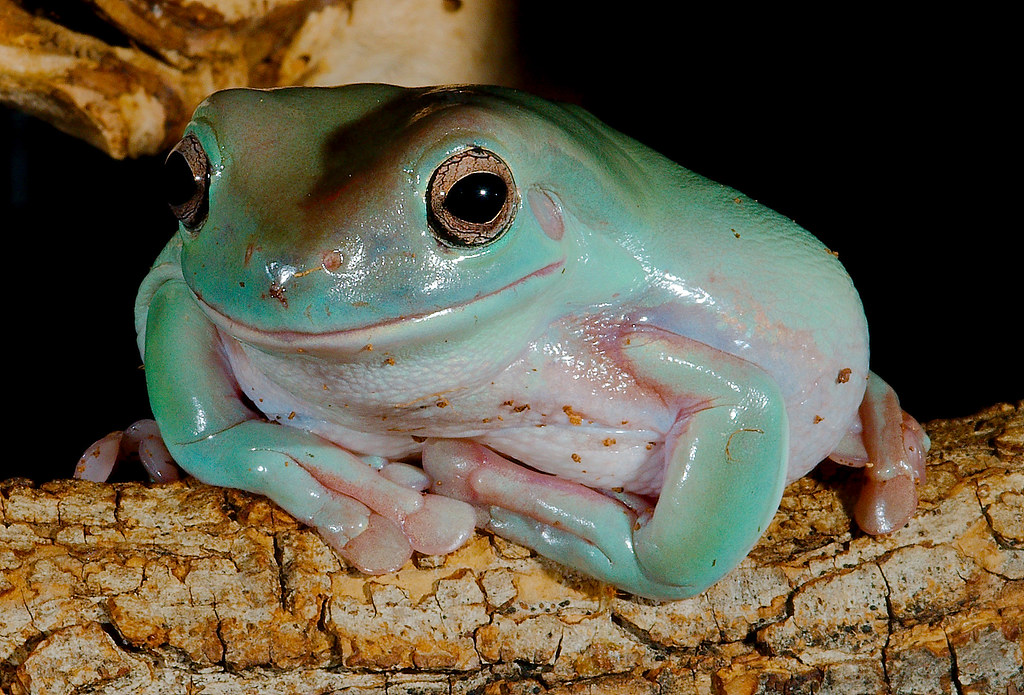
The sticky skin and wide toes of the Australian green tree frog make it very easy for it to climb branches and very difficult for it to play the mandolin.
Images
Bubbletree
Ground Squirrel
Greater Flamingo (Phoenicopterus roseus)
Common Squirrel Monkey (Saimiri sciureus)
com·mon (ˈkämən/)
adjective
1. occurring, found, or done often; prevalent. –
“salt and pepper are the two most common seasonings”
2. showing a lack of taste and refinement; vulgar.
“they are far too common”
Guess which one of these applies to monkeys.
Here’s a hint. Look out your window. See any monkeys?
Black-tailed Prairie Dog performing Hamlet
Ground Squirrel
Lion (Panthera leo)
Throwback Thursday!
Steller’s Sea Eagle (Haliaeetus pelagicus)
Ducks
Monarch Butterfly (Danaus plexippus)
A serious post this time.
Monarch butterflies have a multi-generational migratory cycle. It takes up to four generations for them to flutter between Canada and Mexico every season. As one generation dies, the next one is born hatched. However, monarch caterpillars only eat milkweed. If there’s none available at the stopping place, an entire line of butterflies will die out. As a single species, the monarch illustrates both the complexity and fragility of life. Sadly, we are on the cusp of losing them forever.
In the Winter, monarchs form clusters (or roosts) on branches. This photo is from California, which represents a different set of monarchs. The photographs from Mexico (the primary migrating population) are stunning. I hope to get there some day. The University of Minnesota has a good overview of what happens.
Today, though we’ve answered the question of “Where do the monarchs go?”, we still haven’t figured out how best to protect them. That’s where Monarch Watch comes in. Through a capture and release program, you (as a civilian scientist) can add data to the conservation efforts. By creating monarch waystations, you can help them along their long journey.
When I first went monarch tagging, and I caught (gently) that first butterfly, it nothing like what I had expected. When you take a monarch from the net, you suddenly know, at level deeper than knowledge, how fragile nature can be. When you hold its wings to tag it, you suddenly realize how strong nature can be too. If you have never had that experience, you’re missing out. You owe it to yourself, and future generations, to get involved with the monarch project, at least once.
Bring a friend.
